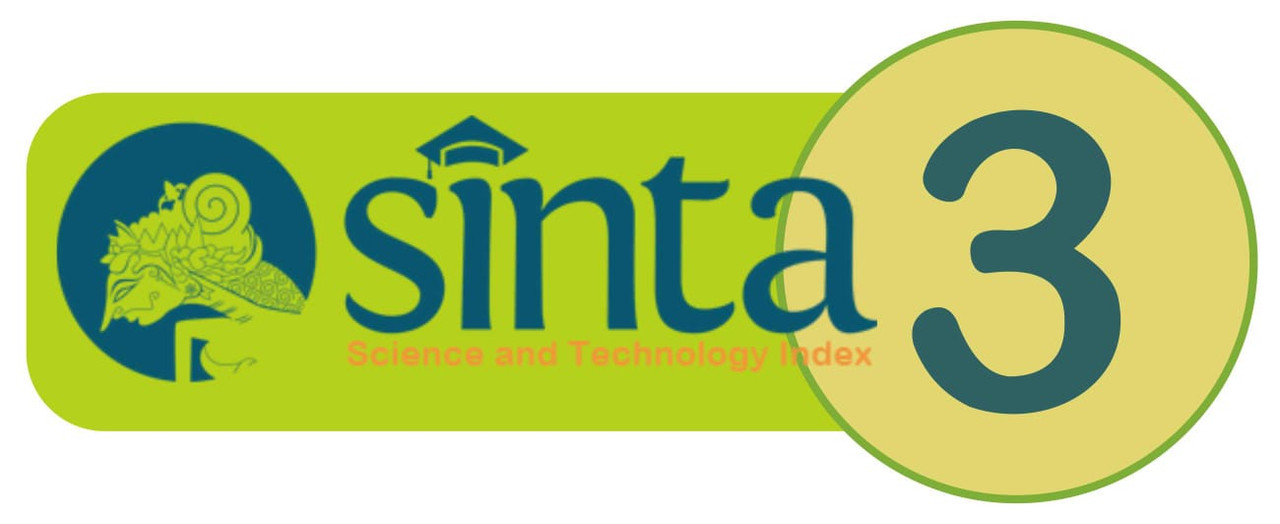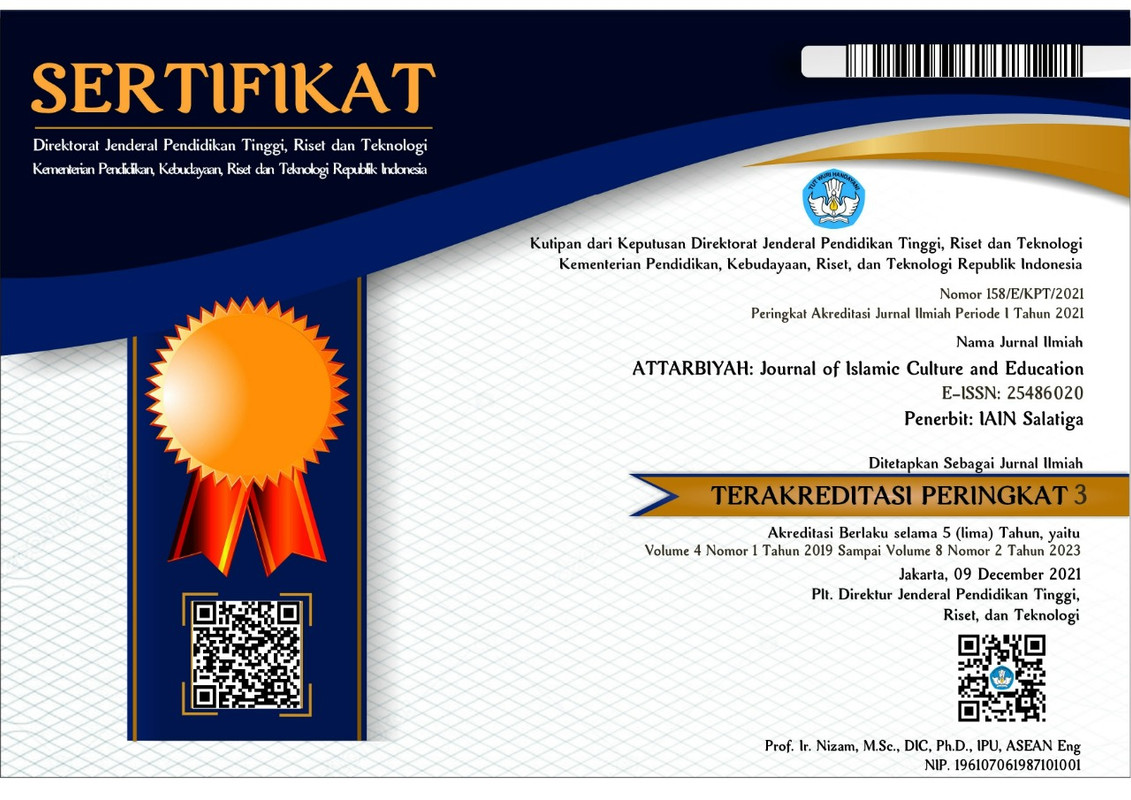Author Guidelines
Author Guidelines
GUIDELINES FOR WRITING A MANUSCRIPT
This journal contains research papers that have been neither published nor in the publication process. The manuscripts should comply with the guidelines as well as the template as specified (click here to download the template).
- Title consists of a maximum of 15 words
- Under the title are written the "Author’s Name", "Author’s Institution" and "Author’s email address"
- Abstract is described briefly, clearly, and concisely, which includes key points such as: the research objectives, methods, as well as a summary of the research results. Abstract is written in one paragraph of 150-200 words by length.
- The keywords consist of 3 to 5 words.
- Body of the manuscript (excluding abstract and bibliography) is written in as much as 4.500-6.000 words, in quarto paper size with 1.5 spacing, Goudy Old Style font sized 12. Manuscript written in another language is only allowed in certain conditions*
- Citation is written by following the standardized APA (American Psychological Association), which is bodynote citation. Citation in Arabic script is typed in Arabic Transparent font sized 18, while its transliteration writing follows the standardized library of conggres.
- Bibliography is a list of literature as referent to citations that appear earlier in the body part of the article. Bibliography is arranged alphabetically mainly containing five (5) related journal articles within last two years.
- Article is written systematically covering: introduction; methodology; discussion; conclusion; and bibliography.
- Introduction is to introduce the reader to the research topic, the research context, the problem and the purpose of research, the studies on related theories, the review of previous research, etc. Thus the introduction should not be described at length especially with contents unfocused or irrelevant to the research topic. Introduction is expected to be presented maximally of one third of the total body of articles.
- Methodology is the means used by researchers in collecting research data to address issues that pose as the focus of research. Therefore, the methodology must be accountable to explain in detail the matters related to the study design, context, interventional procedures, and data analysis. Methodologies potential to be promoted in this journal includes articles on qualitative, quantitative, and action research based.
- In the Results and Discussion part, the research findings in the form of research data are further discussed or critically interpreted with particularly relevant theoretical approach. Data can also be supported with the presentation of tables, images, etc. Captions for table is written above it with sequenced numbering so that it can be easily referred to, though not put under the pointing sentence/ paragraph. Line (border) to the table is made minimalist by eliminating the vertical lines and leaving horizontal lines deemed necessary. Captions for images are placed below the picture, also with providing sequenced numbering. One page only accomodates a table or an image with a maximum of two-thirds the size of the page (size adjusted as efficiently as possible).
- Conclusion is not a repetition of the findings and the discussions that have been presented in the previous sections, but instead lays out the implications of the findings, the weaknesses of the study, the contributions of the current research, and the recommendations for future research.
Articles that are ready can be sent via email or uploaded online via OJS with rtf (rich text format) file format. The authors of published articles will receive a notification email from the editor with an attachment of his or her published article in the form of pdf files (free of charge) immediately after publication.






